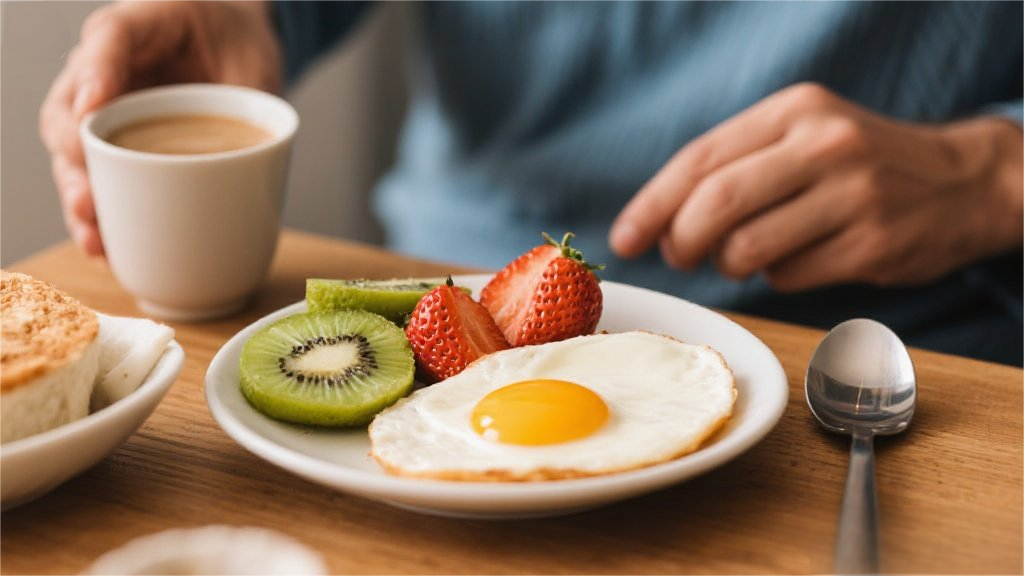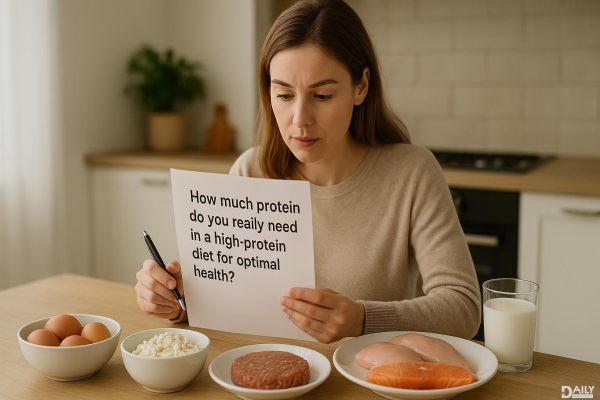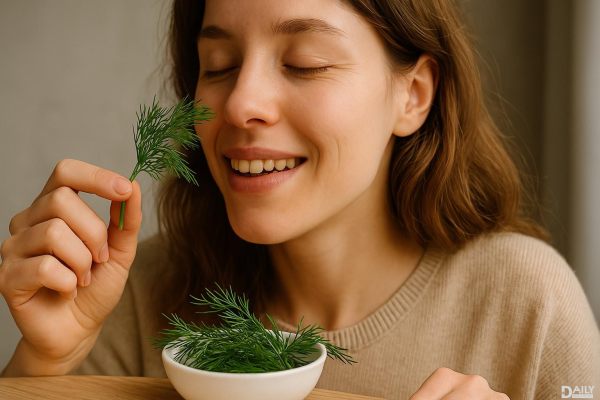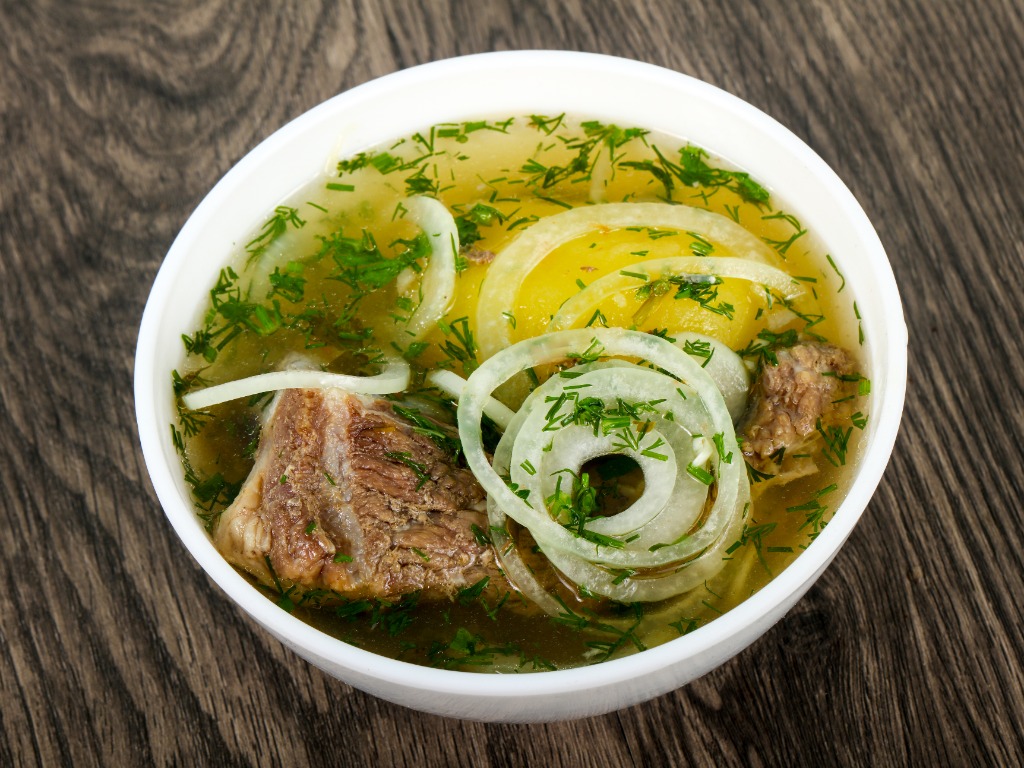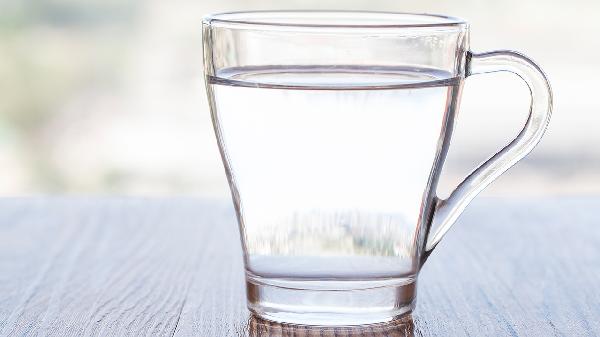Chia seeds are having a major moment—again. These tiny black-and-white specks might look like something you’d find at the bottom of a bird feeder, but don’t let their size fool you. Packed with omega-3s, fiber, and protein, chia seeds are a nutritional powerhouse that’s been quietly crushing the superfood game for centuries. Originally a staple of ancient Aztec and Mayan diets, they’ve cycled back into the spotlight thanks to modern health trends, proving that good nutrition never really goes out of style.
Why Chia Seeds Are More Than Just a Trend
Unlike some health fads that fade faster than a bad tan, chia seeds have staying power—and for good reason. A single ounce delivers nearly 10 grams of fiber (that’s a third of your daily needs), 5 grams of protein, and a hefty dose of alpha-linolenic acid (ALA), a plant-based omega-3 that supports heart health. They’re also loaded with antioxidants, magnesium, and calcium, making them a multitasking marvel. What sets chia apart from other superfoods is its versatility. No fancy prep needed—just soak, sprinkle, or blend, and you’re golden.
The Hydration Hack You Didn’t Know You Needed
Here’s where chia seeds get weird (in the best way). When soaked, they can absorb up to 12 times their weight in water, forming a gel-like consistency. This isn’t just a cool party trick—it’s a game-changer for hydration and digestion. The soluble fiber creates a slow-release effect, keeping you fuller longer and stabilizing blood sugar levels. Athletes have caught on, using chia gel as a natural alternative to sports drinks. Pro tip: Mix a tablespoon into your water bottle before a workout, or stir it into overnight oats for a gut-friendly breakfast.
Chia vs. Flax: The Ultimate Showdown
Flaxseeds might be chia’s closest competitor, but there are key differences. While both offer omega-3s, chia doesn’t require grinding to unlock its nutrients (unlike flax, which passes through your system whole if not crushed). Chia also lacks the slightly bitter taste of flax, making it easier to sneak into smoothies or baked goods. But here’s the kicker: Chia works as an egg substitute in vegan recipes (1 tbsp chia + 3 tbsp water = 1 egg), something flax can’t quite replicate. That said, flax wins on lignan content (a type of antioxidant), so why not use both?
Busting the Chia Pudding Monotony
Yeah, we’ve all seen the mason-jar chia puddings crowding Instagram. But there’s a whole world beyond basic almond milk and berries. Try savory applications—chia “eggs” in veggie burgers, or as a thickener in soups instead of cream. For a crunchy twist, toast them lightly and sprinkle over avocado toast or salads. Baking? Swap up to 25% of flour in muffins or bread with ground chia for a protein boost. The seeds are flavor chameleons, absorbing whatever spices or herbs you pair them with. Sriracha-lime chia crackers, anyone?
The Fine Print: Who Should Tread Carefully
As with any fiber-dense food, overdoing it can backfire—think bloating or digestive discomfort if you ramp up intake too quickly. Those with IBS or sensitive stomachs might prefer starting with smaller amounts (think ½ tsp daily) and increasing gradually. There’s also a rare but potential choking risk if dry seeds are eaten without liquid, as they can expand in the esophagus. Always mix them into fluids or moist foods. And while chia’s blood sugar benefits are legit, diabetics should monitor levels closely when introducing large quantities.
From ancient warrior fuel to modern pantry staple, chia seeds have earned their superfood status through adaptability and sheer nutritional might. Whether you’re blending them into post-workout shakes or using them to up your baking game, these tiny seeds deliver outsized benefits without the hype (or the hefty price tag of trendier options). The real magic? They prove that sometimes, the simplest foods pack the biggest punch—no influencer endorsement required.
